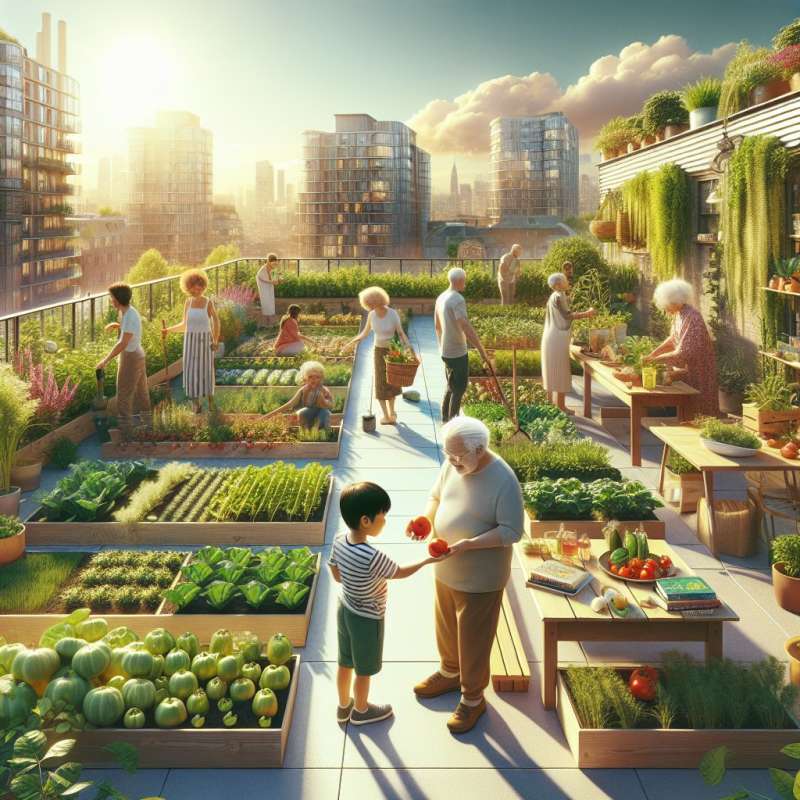
Introduction to Mini Farming
Mini farming transforms small spaces into productive areas. On terraces, it combines sustainability and convenience, turning rooftops into lush, edible gardens with minimal waste.
Zero Waste Principles
Adopting zero waste in mini farms involves composting organic matter, repurposing materials for planters, and harvesting rainwater. This circular system mimics natural ecosystems, reducing pollution and resource consumption.
Low-Cost Setup Strategies
Cost-effective mini farms use recycled containers, DIY drip irrigation from waste plastic, and locally-sourced compost. Vertical gardening and companion planting maximize yield and space efficiency.
Maximizing Terrace Productivity
Terrace farms benefit from direct sunlight and can host a variety of plants. Intensive planting, proper soil mix, and microclimate understanding are key factors for a bountiful harvest.
Innovative Terrace Techniques
Aquaponics or hydroponics on terraces create symbiotic environments for plants and fish, enhancing growth without soil. These systems recycle water and nutrients, leading to waste reduction.
Sustainable Pest Management
Natural pest control methods, such as companion planting, predatory insects, and neem oil, ensure a healthy mini farm ecosystem without relying on harmful chemicals.
Engaging Community Involvement
Terrace mini farms can foster community ties. Sharing harvests, knowledge, and resources promotes urban self-sufficiency and creates educational opportunities for sustainable living practices.Unexpected Productivity Boost
Studies show urban mini farms can yield up to 15 times more per square foot than traditional farms, thanks to controlled environments and intensive practices.
What does mini farming maximize in small spaces?
Productive area
Waste generation
Water usage
Company